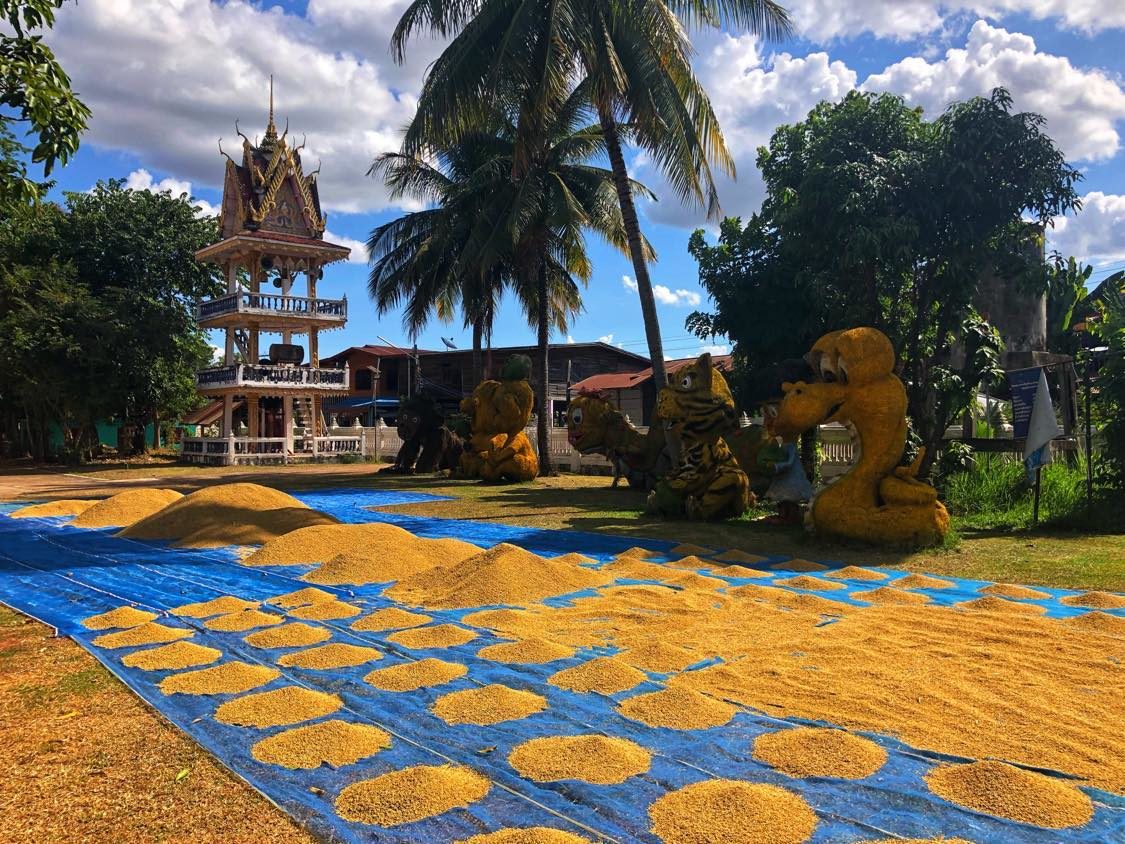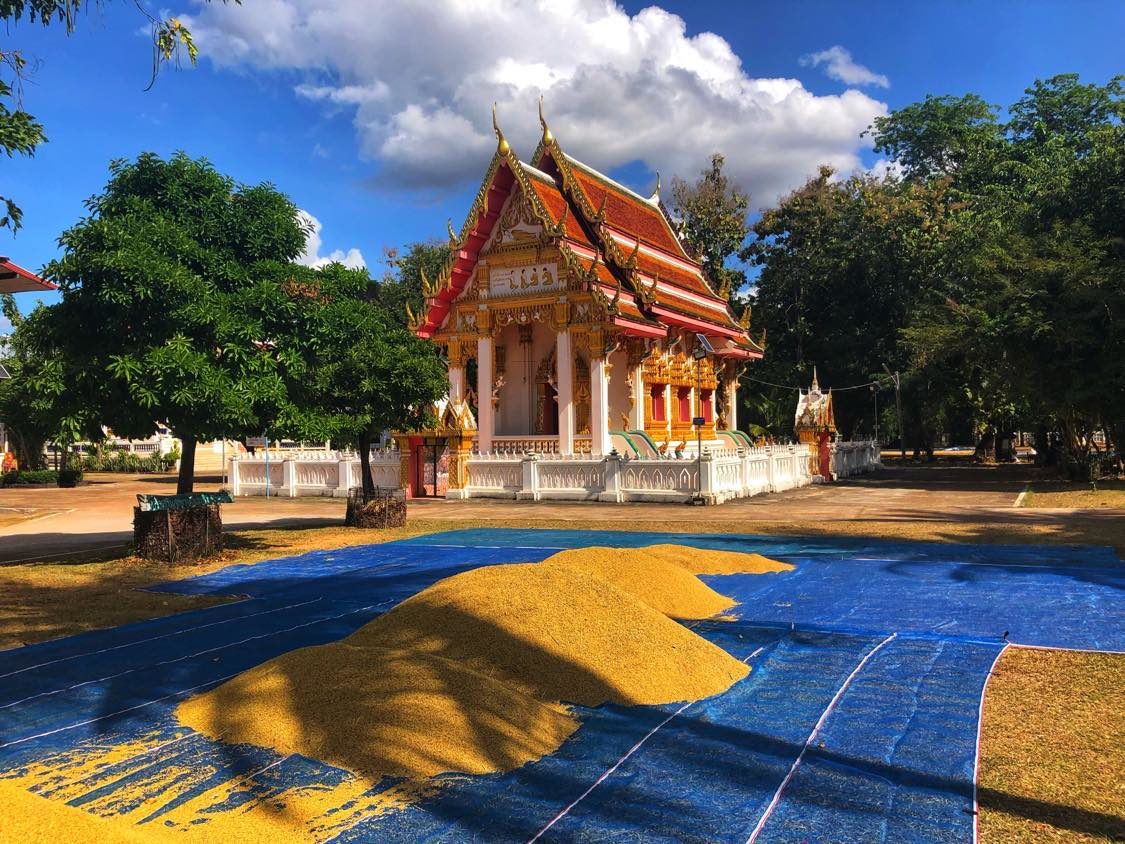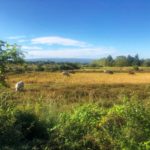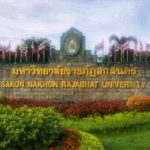Thai Rice Drying at Thailand Temples and Roads

November is the time of year in Thailand when you’ll see rice drying on plastic tarps on small village roads and at Thai temple grounds, schoolyards, and local government compounds. You’ll see this rice drying especially in Northeastern Thai provinces like Sakon Nakhon, which is famous for having some of the best rice in Thailand.
Thai rice farmers sometimes dry out their newly harvested rice on the edge of more busy roads, which is both dangerous and illegal. Fatal car and motorcycle accidents have occurred due to farmers ignoring the rice drying ban on public roads, especially when farmers take up a full lane of the road to dry their rice.
It’s not really the Thai farmer’s fault, many of whom are but small subsistence farmers. They often feel that they don’t have much choice, because they don’t easy access to vacant grounds in which to dry their rice. In addition, rice will be dried on the edge of a road in front of the farmer’s house in order to protect from theft (although rice stealing is rare).

So, why does rice have to be dried like this after the Thai farmers harvest their paddies? It’s because the freshly harvested rice has a moisture content of around 20-30%, which is too high and will cause mold to develop if the rice is not immediately dried in the sun (the traditional way to dry rice) or by using modern rice drying technology like forcing air through the rice while it lay on perforated beds or by using column rice dryers.
In general, only Thai rice farmers with very large rice crops have access to such modern rice drying technology, or could even afford to use such machines if they were available for rent. So, small crop Thai farmers will dry their rice in the sun to a lower moisture level (around 12-14%), so that the rice can be stored safely or be sent to the Thai rice mill for milling, which involves removing the husk/hull and bran layer from the rice.
- Affirmations in Buddhism & Thailand - June 7, 2025
- Speak Thai Naturally Without the Gymnastics - April 20, 2025
- The Best Learn Thai Podcast and YouTube Channel - April 10, 2025




